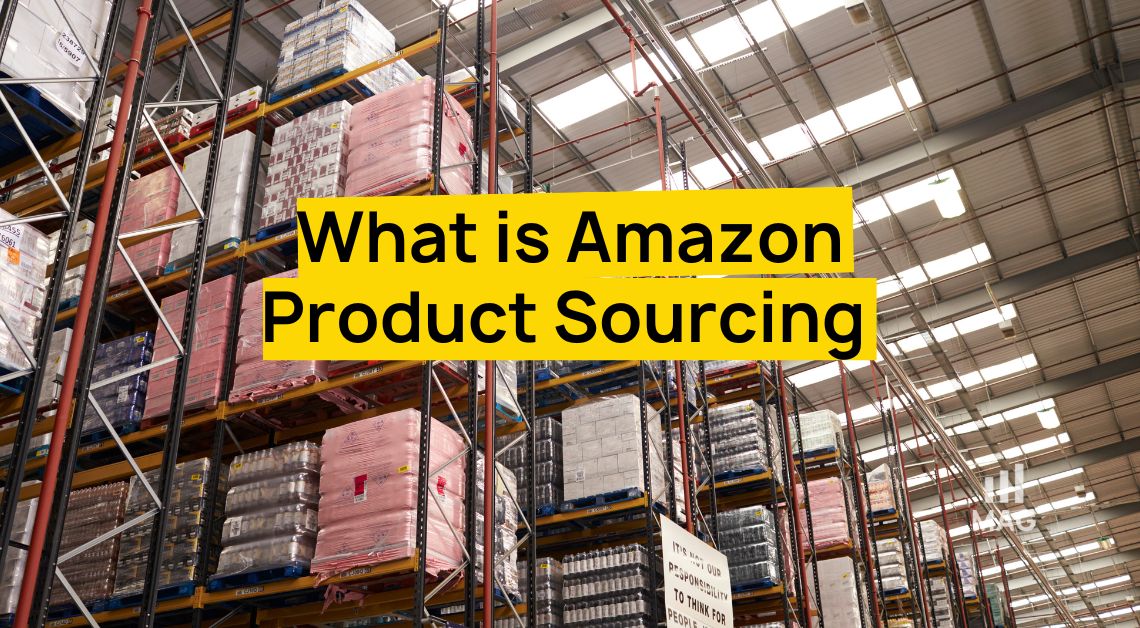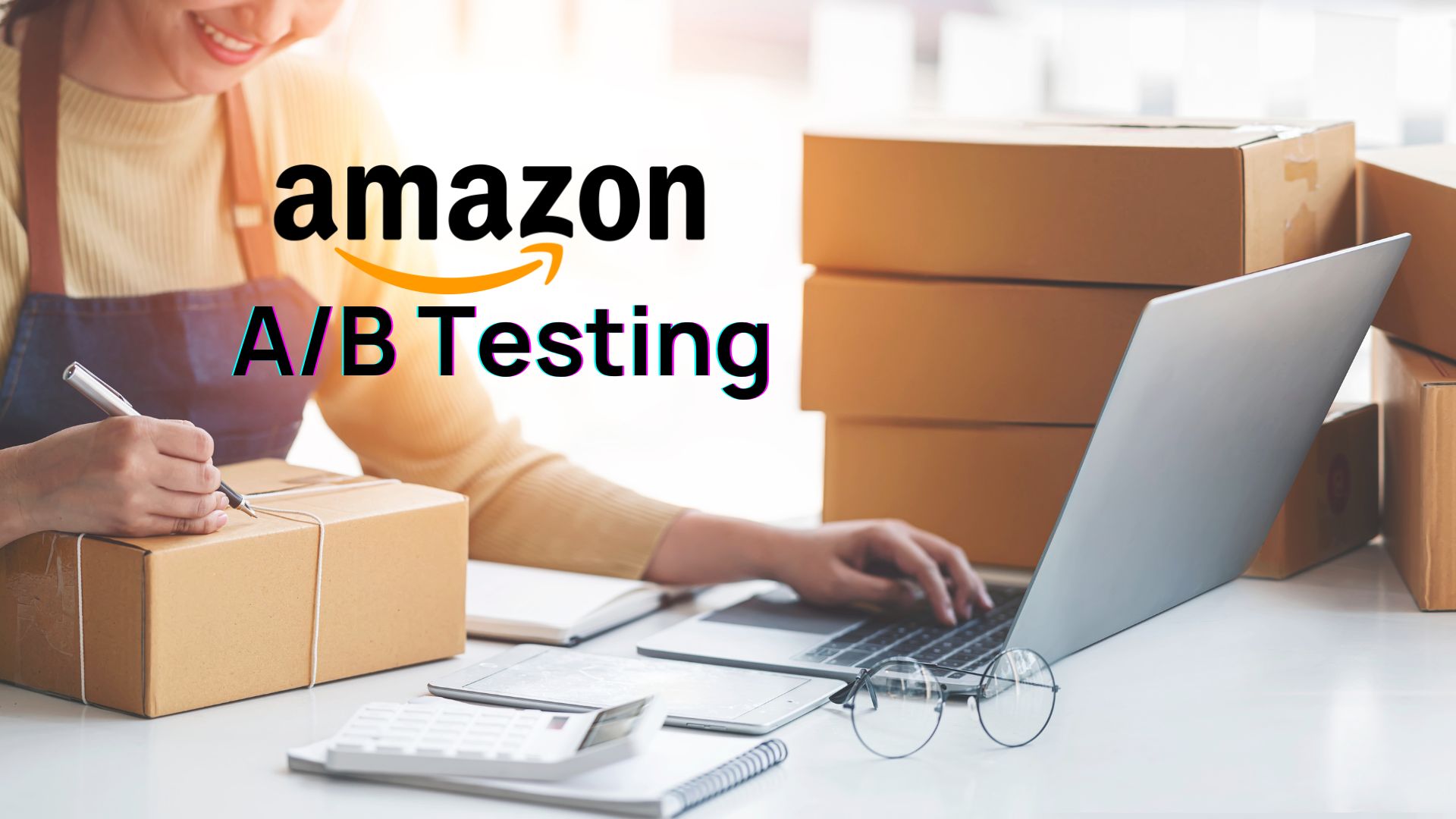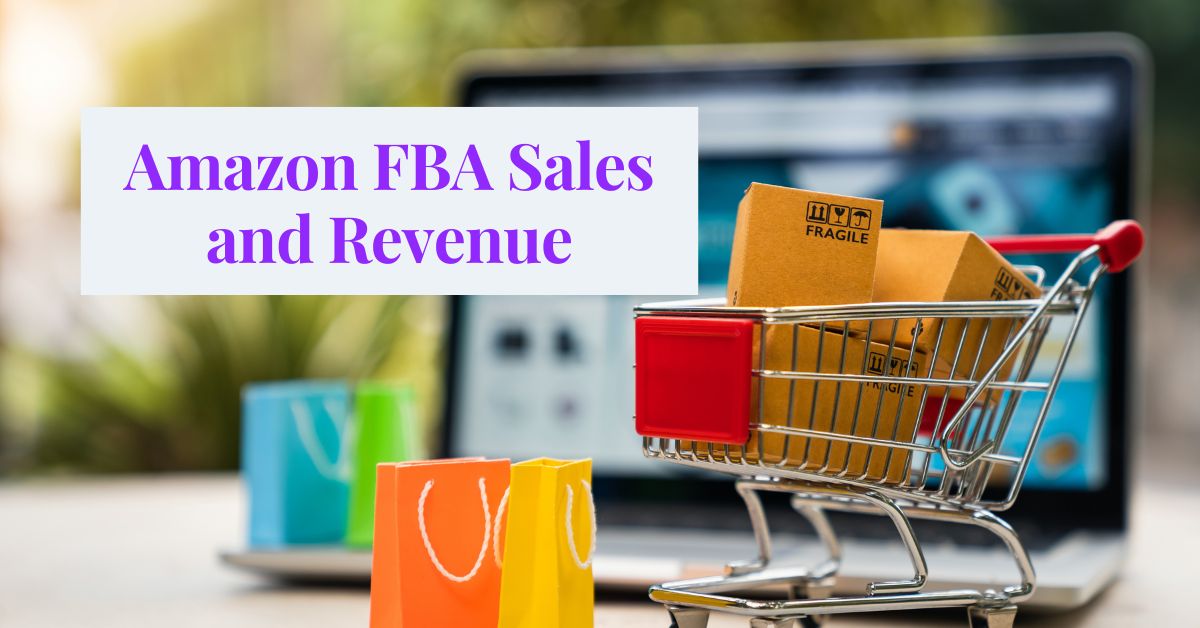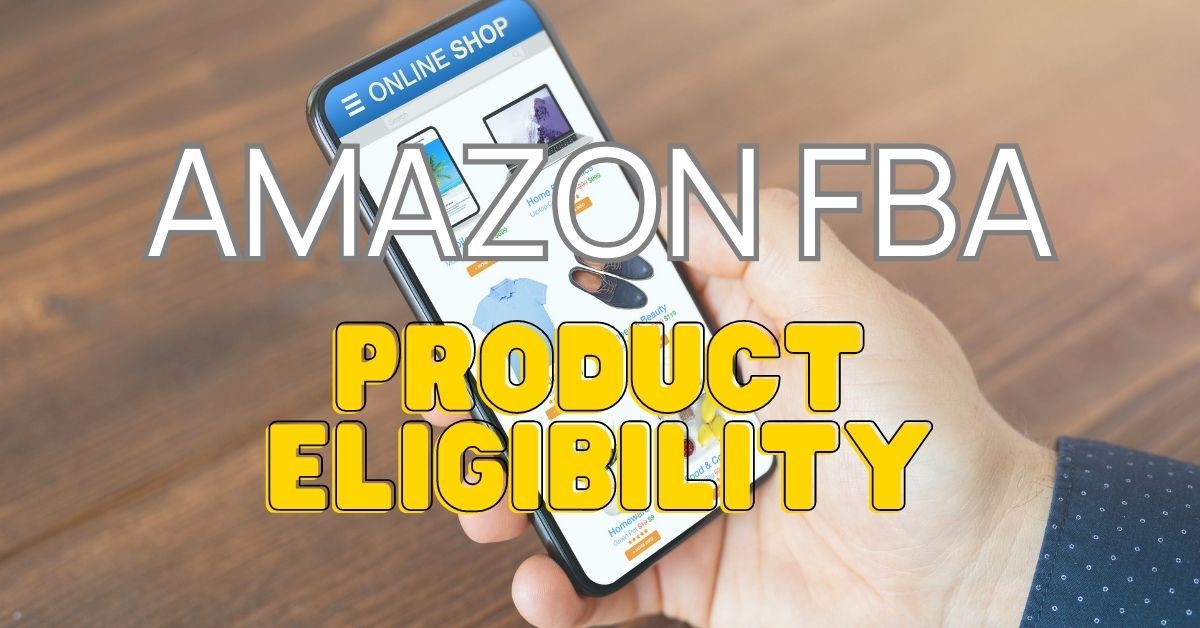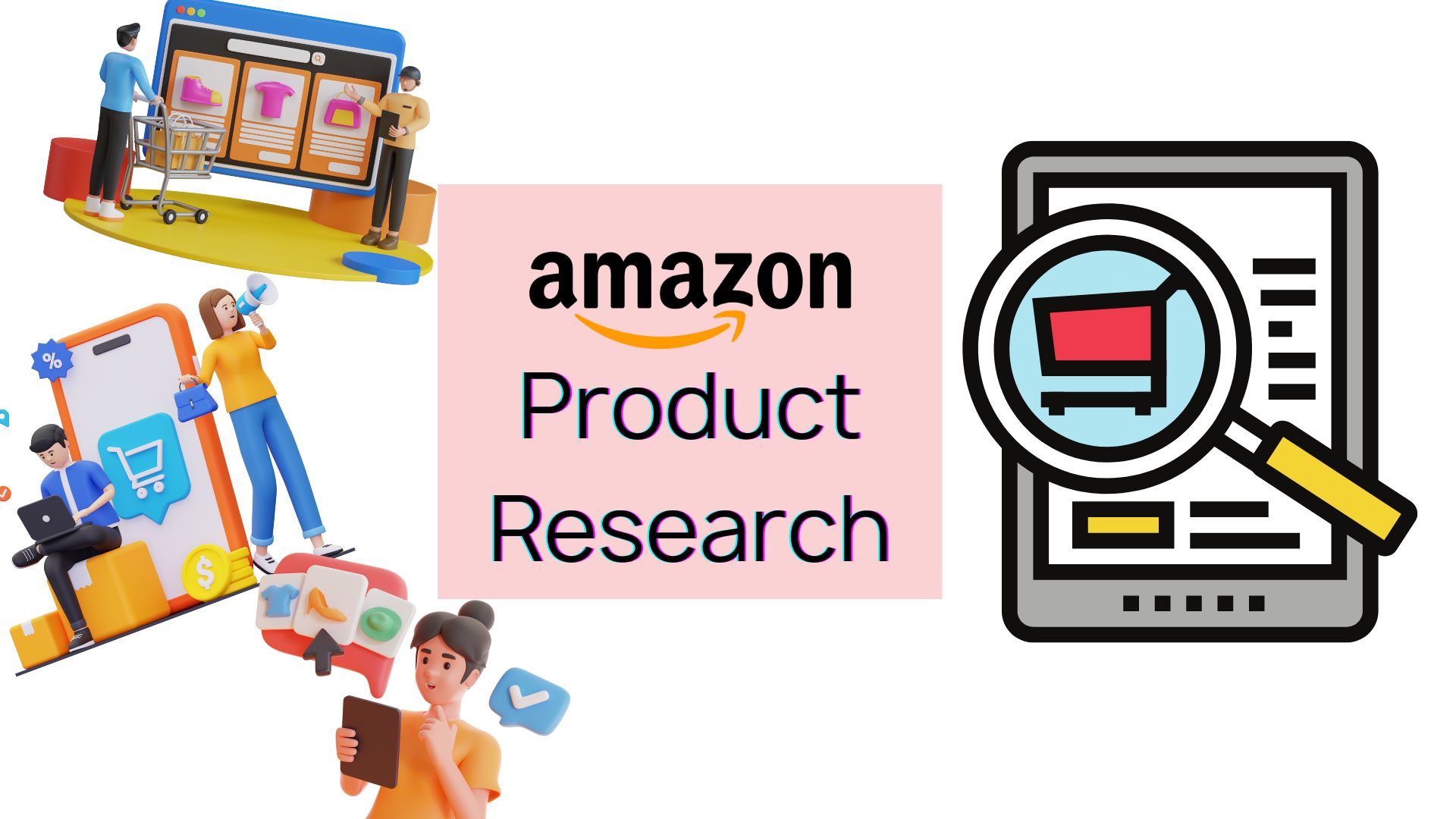The post was written by guest writer Drew Estes. Drew is a copywriter and digital marketer at Massview.
If you’ve spent any time learning how to sell on Amazon, you know this much: to earn significant organic sales, you need to show up on the first page of search results. And to show up on the first page of search results, you need to generate sales and get tons of product reviews.
Without a solid review count, shoppers won’t trust you enough to buy your product. So how do you get those initial reviews?
The video above covers four key ways to increase your Amazon review count:
- Amazon Early Reviewer Program
- Amazon Vine
- Amazon Request-a-Review
- Amazon Rebates
This is what each strategy entails:
Amazon Early Reviewer Program
If your product has fewer than five reviews, this is a no-brainer. Sign up through the Advertising section of your Seller Central account, enrolling any products with a low review count. Amazon will incentivize customers (with gift cards, for instance) to leave reviews after purchase.
This is an easy way to get those first few reviews, so long as you’re getting full-priced sales. The cost and effort are minimal for a great payoff, so you’ll want to try it for any new product. Unfortunately, it doesn’t last long, and you’ll soon need another strategy.
Amazon Vine Reviewers
Amazon Vine is similar to the Early Reviewer program in some respects but can be much more effective. To simplify a bit, it works like this: Amazon has a group of top reviewers called Vine Voices. You give them a free sample of your product, and they write a review. Unlike other methods, this means you don’t even need to make initial sales.
Vine is free for now (aside from the cost of the product you send them), but this is subject to change. So far, the only cost is the product you provide to the Vine Voices. It’s a great program, but there are a couple of catches.
First, Amazon Vine is invite-only. Go to your Amazon Seller Central account and click on Advertising. Unfortunately, if you don’t see Vine, you’re not invited. Some people have been able to call Seller Support and get on the list, but not often. To make sure you’re eligible, you should register your brand on Amazon.
The second catch is that Vine won’t be available once you have 30 reviews or more. This is a much larger maximum than the Early Reviewer program, but it’s still not huge.
Overall, the Amazon Vine program is a must, if you have access. With some exceptions, it practically guarantees reviews. You’ll likely have Amazon’s best, most-trusted reviewers, leaving feedback for your product.
Amazon Request-a-Review
What’s the simplest way to get a review from a customer? Ask them for one.
You used to be able to just send an email, but Amazon now allows buyers to opt-out of receiving non-essential seller emails. This has led to a big drop in review rates.
However, there’s still hope: you can click the Request Review button inside Amazon Seller Central. For every sale, you simply click the button and let Amazon message the buyer to ask them to review your product. Amazon has optimized this messaging to maximize reviews.
Clicking the button is no big hassle in the beginning, but as your sales grow, thousands of sales mean thousands of clicks. A good problem to have, sure, but tedious nonetheless. Massview users get access to the Monocle Chrome extension, which allows sellers to automate review requests and avoid the hassle. In our tests, the Massview team found we received 3x more organic reviews when using this feature.
When automating your review requests, you can set a delay between product delivery and when the customer receives the request. Be sure to wait an appropriate amount of time after product delivery (Amazon allows a range of 4 to 30 days), so your customers have the chance to use the product a bit before they receive the review request.
Amazon Rebates and Cash Back
What if you’re not getting as many sales as you want? You need sales to get more reviews, and you can’t buy reviews.
This is where rebates come in. You can’t require shoppers to leave reviews, but with third-party seller tools like Snagshout or Masschat, you can offer cashback to increase sales and get a higher review rate in the process – all while staying compliant with Amazon’s Terms of Service.
These review programs earn a solid 20-30 percent review rate and have a minimal cost (the amount of cashback you pay the customer, plus a small fee of about a dollar per deal).
Rebates still count as a full-priced sale, meaning your reviews still get the Verified Review badge. This setup boosts your Amazon Seller Ranking and launches your product toward Page One search results.
The downside of this method is the higher relative cost per sale. You’re sometimes selling products at a loss in order to boost your sales velocity and review count.
However, when you can maintain the minimum number of sales per day to make Page One, customers will start finding your product on their own, and your organic sales will increase until you no longer need to offer rebates.
To learn the minimum daily sales you need to put your product on page one for your keywords, try out Massview’s Free Plan.
About Massview
Massview offers a full suite of tools for Amazon merchants at every level of experience and budget. These include:
- Product research, competitor insight, and keyword analysis tools to help you pick winning products and launch them to page one before your competitors know what’s happening.
- Snagshout, a customer-facing deal platform to put your product in front of an army of early adopters, willing to buy your product and leave reviews
- Masschat, a Facebook Ads chatbot to target your niche. Along with boosting sales and reviews, use it to build an email list for retargeting and audience expansion.
- Video tutorials to show you everything you need to know to get the most out of each tool.


